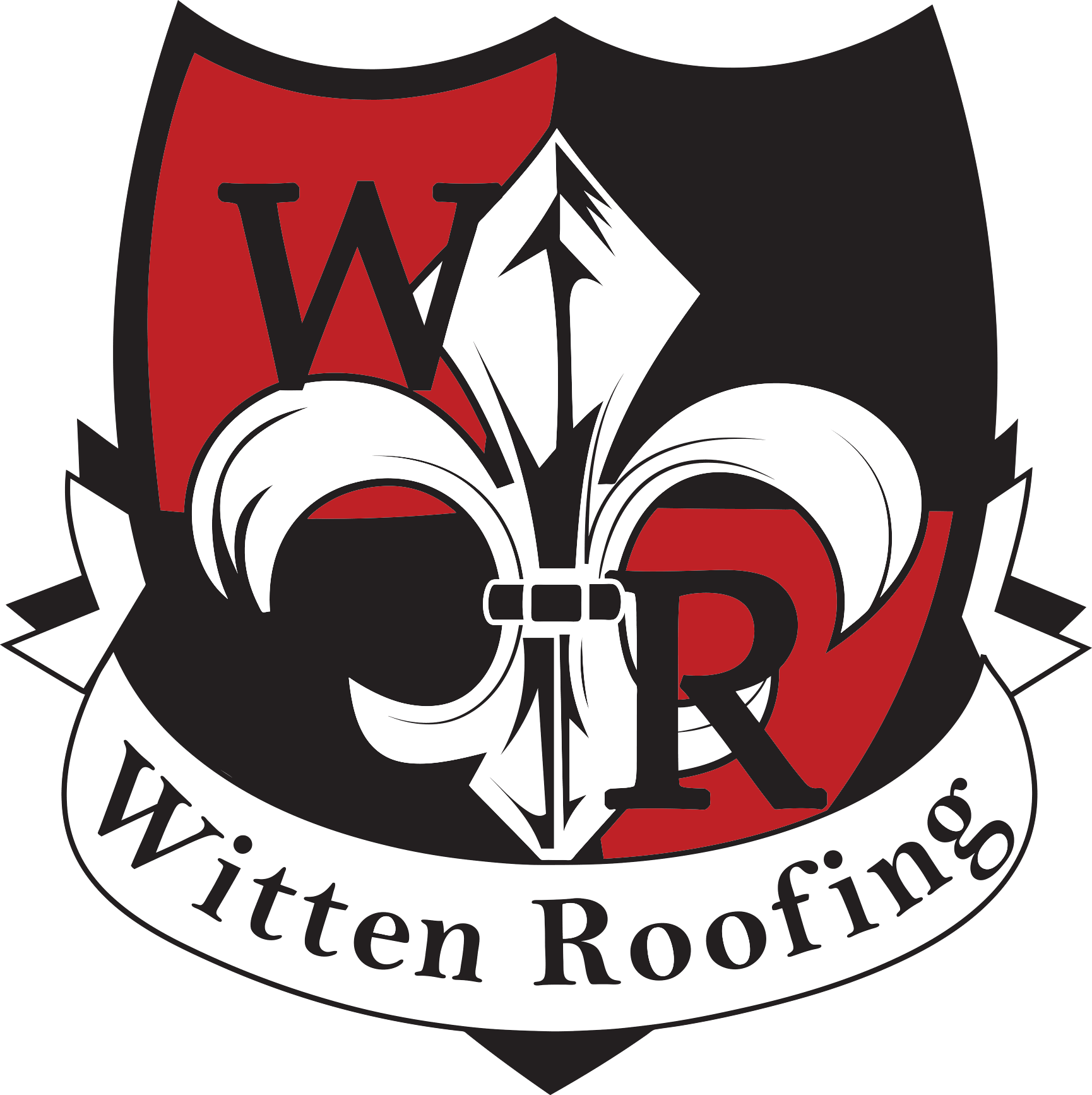Your roof is one of the most important parts of your home, protecting everything beneath it from harsh weather, pests, and the elements. Yet, many homeowners only think about their roof when a leak occurs or shingles are visibly damaged. Waiting until there’s a problem can be costly—both financially and structurally.
Scheduling regular roof inspections can save you thousands of dollars and extend the life of your roof. But the question remains: how often should you have your roof inspected?
Why Roof Inspections Are Important
A roof inspection is not just about spotting missing shingles or leaks. Professional roofers check for:
- Hidden leaks and water damage in attic spaces
- Cracks and gaps in flashing and ventilation systems
- Worn or loose shingles
- Signs of mold, mildew, or rot
- Structural issues that aren’t visible from the ground
Catching problems early can:
- Prevent small issues from becoming costly repairs
- Keep your home safe and dry
- Maintain your roof’s warranty coverage
- Increase your home’s resale value
General Recommendation: Twice Per Year
Most roofing experts recommend two roof inspections per year:
- Spring inspection:
After winter’s snow, ice, and freezing temperatures, your roof may have taken damage that isn’t visible from the ground.
- Fall inspection:
Before winter begins, you want to ensure your roof is ready to handle heavy snow, wind, and cold temperatures.
This twice-yearly schedule ensures your roof remains in top condition year-round.
After Severe Weather Events
Even if you have regular inspections, you should always schedule one after severe weather, including:
- Hailstorms: Even small hailstones can crack shingles or damage flashing.
- High winds: Strong gusts can lift shingles, leaving your roof vulnerable to leaks.
- Heavy rain or snow: Prolonged moisture exposure can lead to hidden leaks or ice dams.
Storm damage isn’t always visible from the ground, so a professional inspection ensures nothing gets overlooked.
Based on Roof Age
- New Roofs (Under 5 Years Old): An annual inspection may be enough unless you experience extreme weather.
- Older Roofs (10+ Years Old): Twice-a-year inspections are highly recommended, as older roofs are more susceptible to wear and tear.
- Roofs Over 20 Years Old: Consider quarterly inspections to maximize safety and catch problems before they become emergencies.
What Happens During a Roof Inspection?
A professional roofing inspection typically includes:
Exterior Check:
- Shingles, flashing, chimneys, vents, and gutters
- Evidence of sagging or structural issues
- Moss, algae, or debris accumulation
Interior Check:
- Attic ventilation and insulation
- Water stains or mold growth
- Light peeking through roof decking
Detailed Report:
- Photos of any issues
- Repair or replacement recommendations
- Cost estimates for necessary work
DIY vs. Professional Inspections
While you can visually inspect your roof from the ground using binoculars, climbing onto your roof is dangerous. A professional roofing contractor has:
- Training to spot hidden problems that you might miss
- Safety equipment for working on steep surfaces
- Expertise with insurance and warranties if a claim is needed
For peace of mind and safety, always leave detailed inspections to licensed professionals.
Benefits of Regular Roof Inspections
- Extends Roof Life: Small issues, when repaired quickly, prevent early roof replacement.
- Saves Money: Preventing water damage or structural issues can save thousands in repairs.
- Protects Home Value: A well-maintained roof increases curb appeal and market value.
- Improves Energy Efficiency: Detecting poor ventilation or insulation can reduce energy bills.
- Provides Documentation: Useful when filing insurance claims or selling your home.
The Bottom Line
Schedule roof inspections twice a year, after major storms, and more frequently as your roof ages. The small investment in professional inspections pays off by preventing expensive repairs, extending your roof’s lifespan, and protecting your biggest investment—your home.
Frequently Asked Questions (FAQ)
1. How long does a roof inspection take?
A typical roof inspection takes 30 minutes to an hour, depending on roof size and complexity. Some detailed reports may take longer if damage is found.
2. How much does a roof inspection cost?
Costs vary by region, but most professional roof inspections range from $100 to $300. Some roofing companies offer free inspections, especially if you’re considering repairs or replacement.
3. Can I inspect my roof myself?
You can do a quick visual check from the ground or attic, but avoid climbing onto the roof—it’s dangerous and easy to miss hidden damage. Professional roofers have experience and tools to find subtle problems you may overlook.
4. What’s the best time of year for a roof inspection?
Spring and fall are ideal because weather is mild and it prepares your roof for upcoming seasonal challenges (heat, storms, snow).
5. How do I choose a reputable roofing company for inspections?
Look for licensed, insured contractors with positive reviews, local experience, and transparent pricing. Check online reviews, ask for references, and confirm warranty support.
6. Will a roof inspection show if I need a replacement?
Yes. Inspectors can determine whether your roof only needs repairs or if it’s nearing the end of its life. They’ll provide detailed documentation to help you make an informed decision.
Final Thoughts
Your roof is too important to ignore. Scheduling regular inspections—at least twice a year, after major storms, and more frequently for older roofs—can save you money, protect your home, and provide peace of mind.
Schedule Your Roof Inspection Today with Witten Roofing
Don’t wait until a small problem becomes a big, expensive one. Witten Roofing offers expert roof inspections, honest recommendations, and fast service to keep your home safe year-round.
Call 855-516-8866 or Schedule Your Free Roof Inspection Online today and make sure your roof is ready to protect what matters most.




